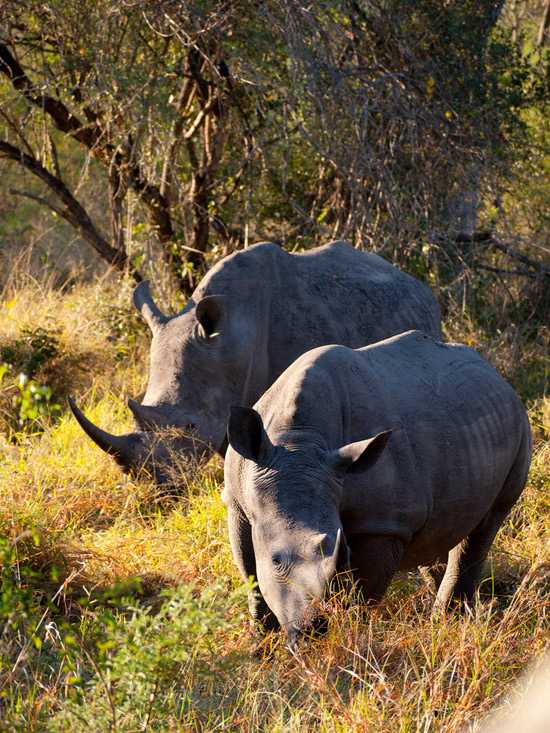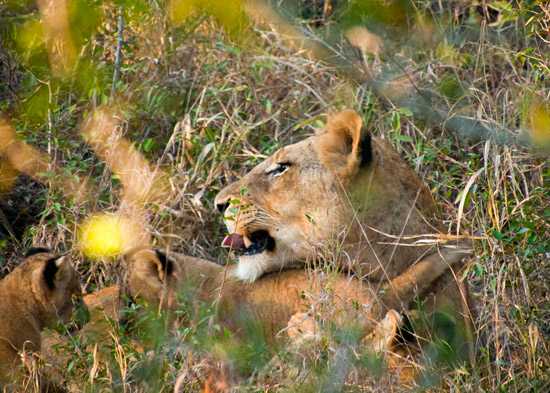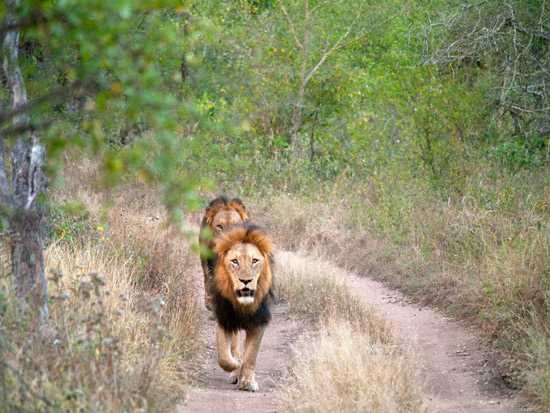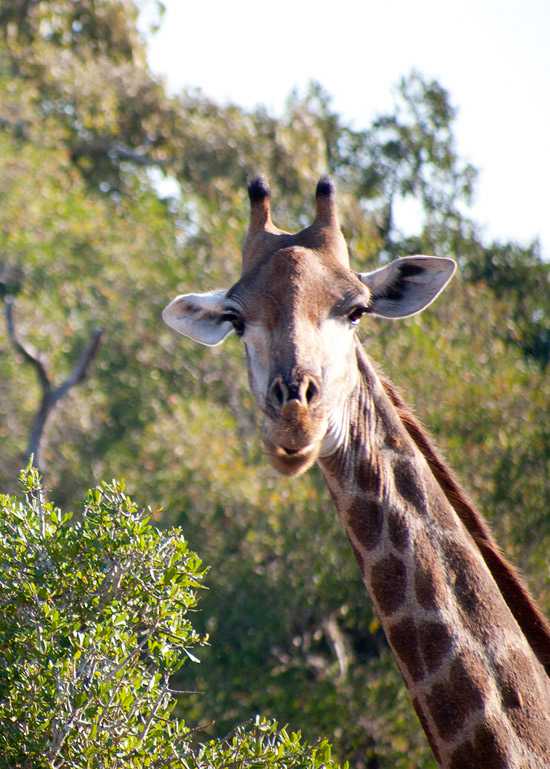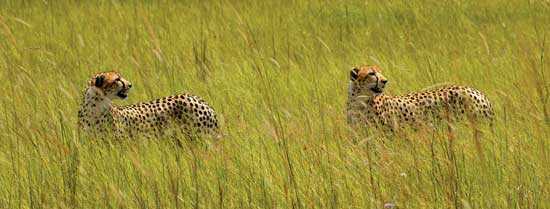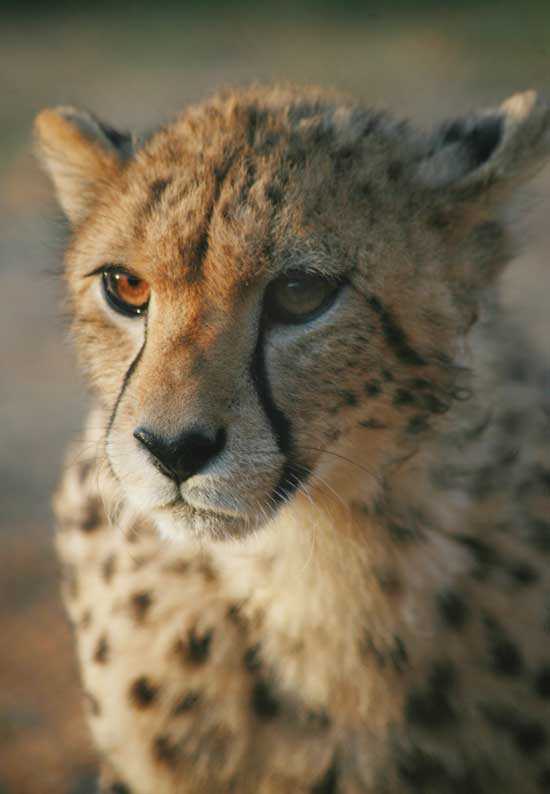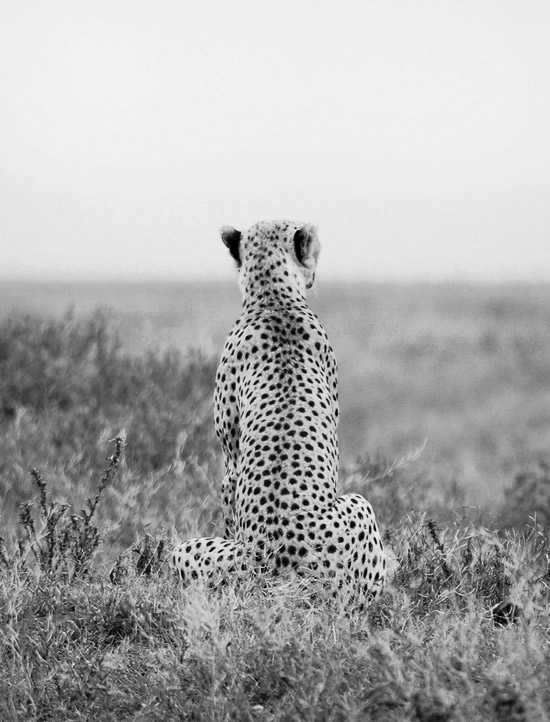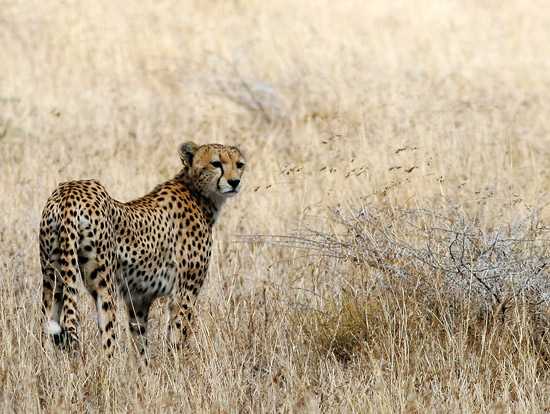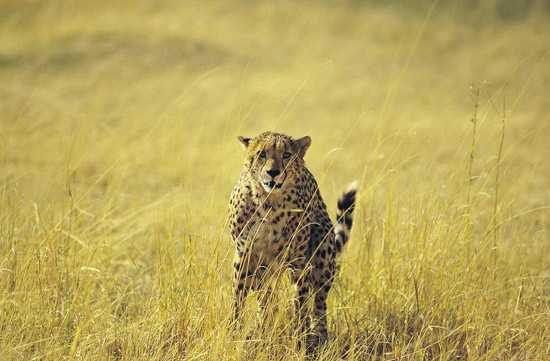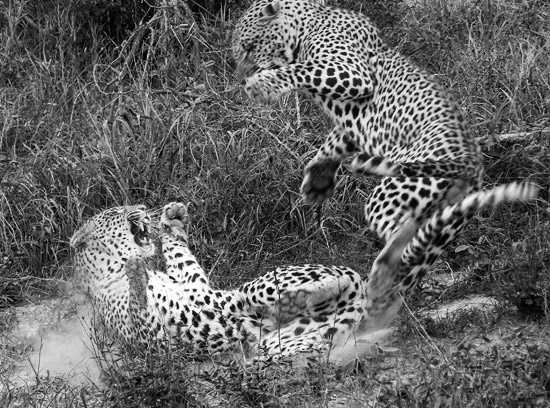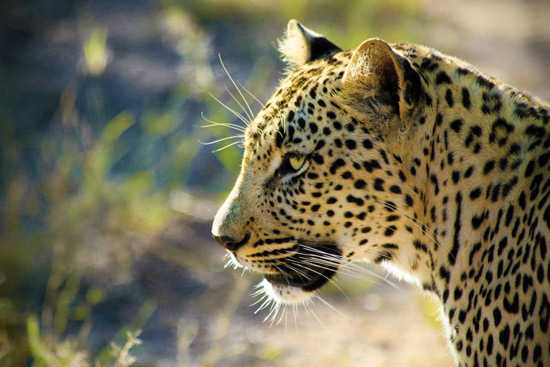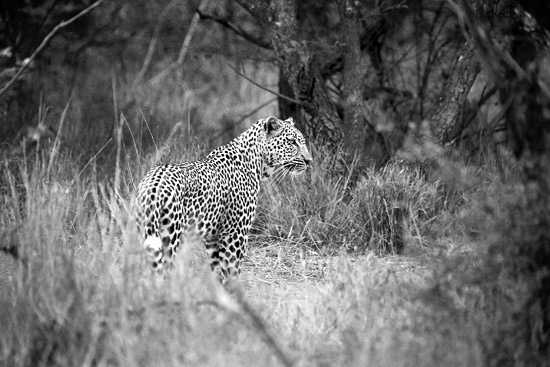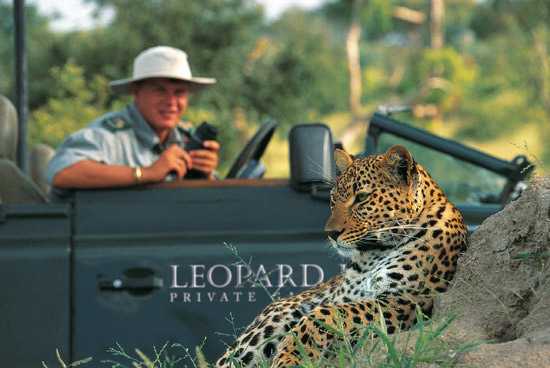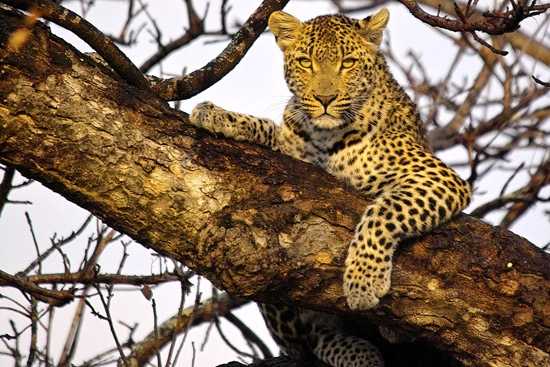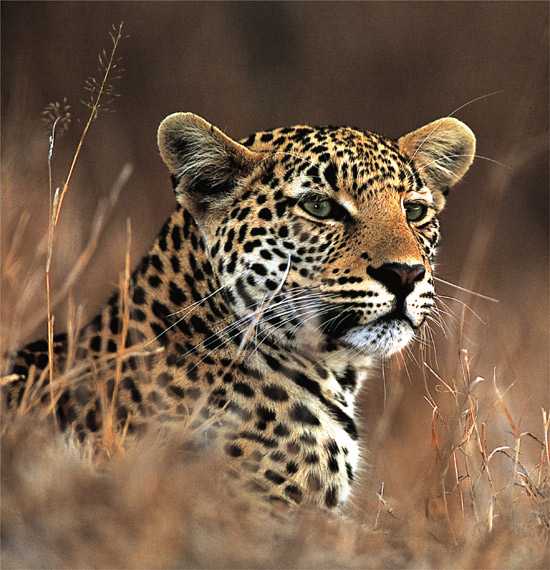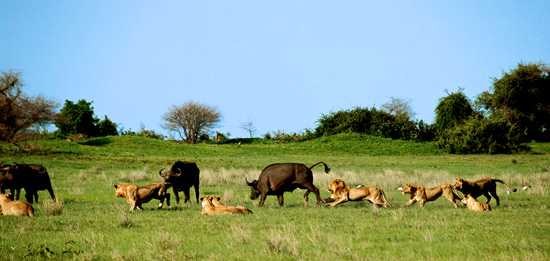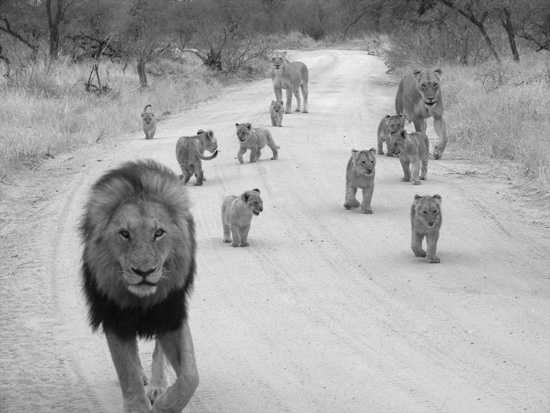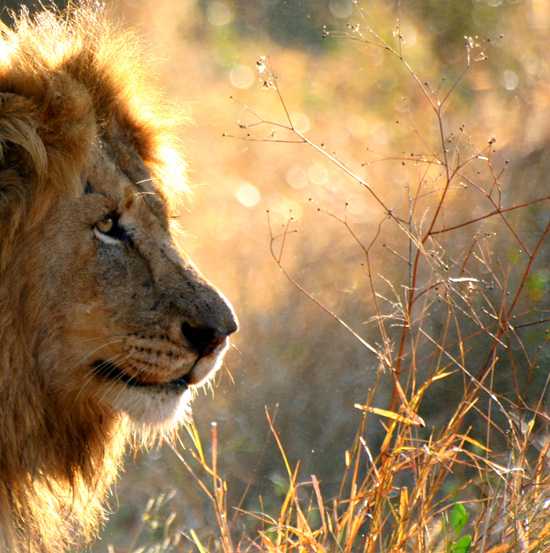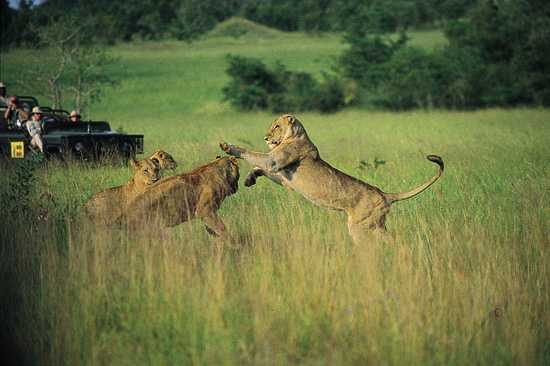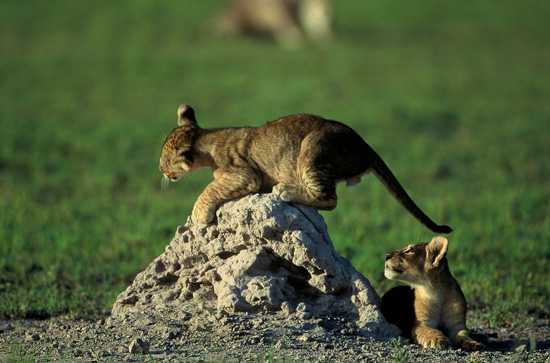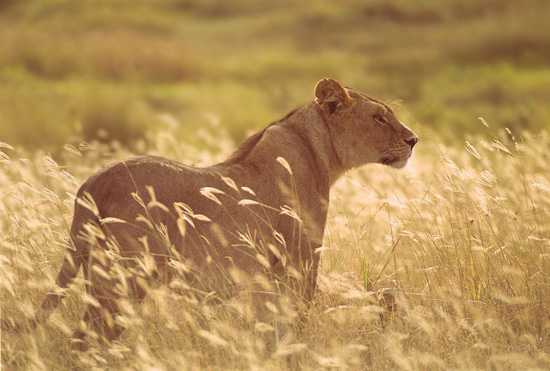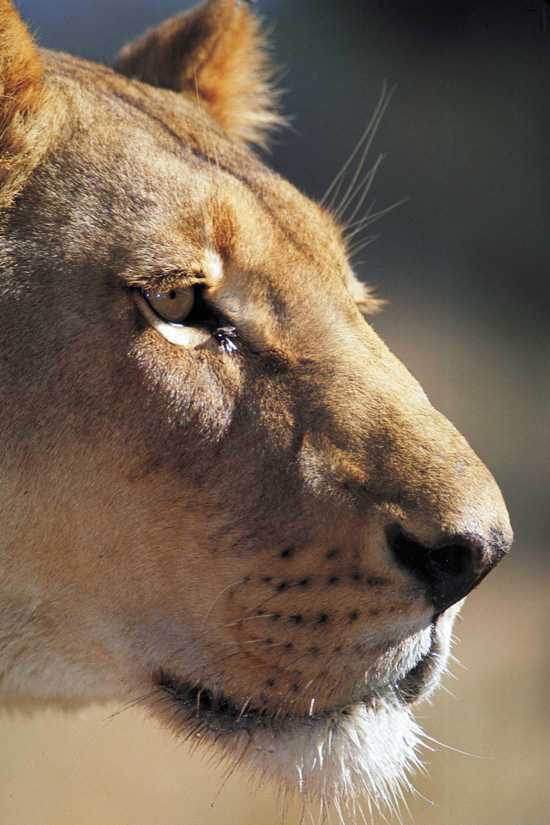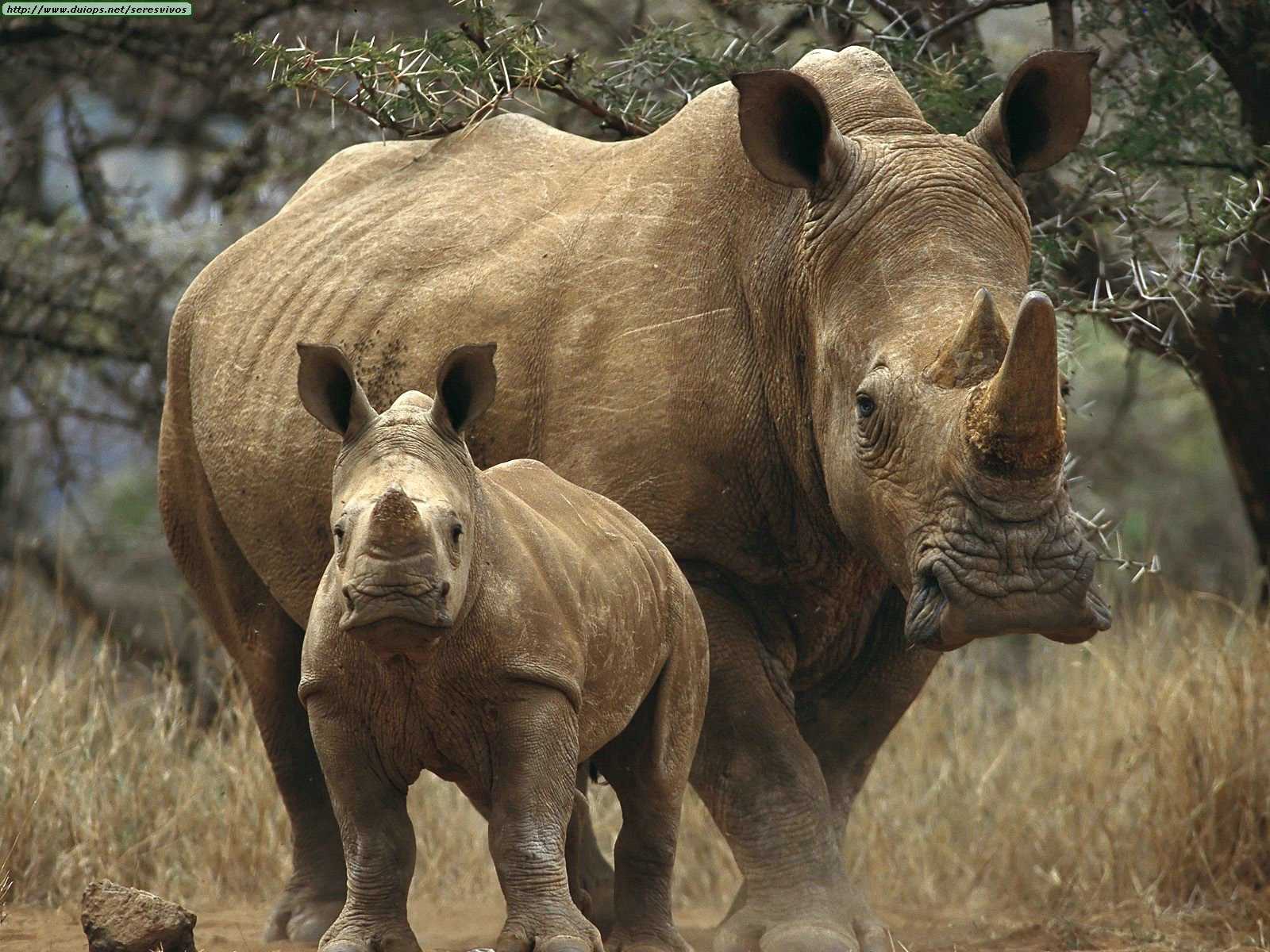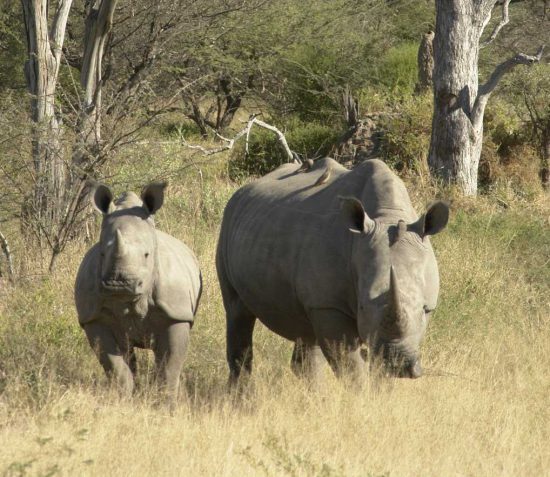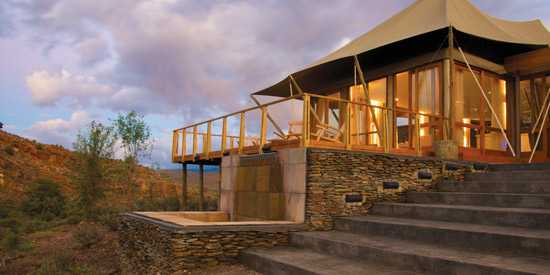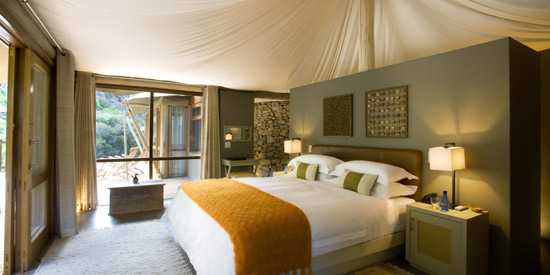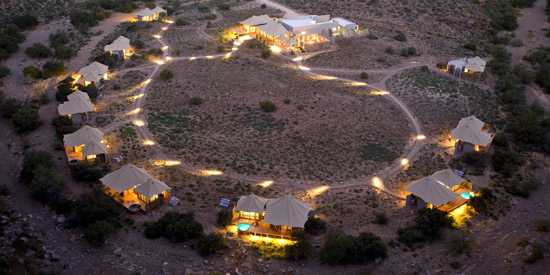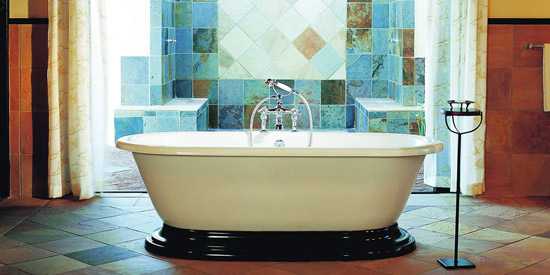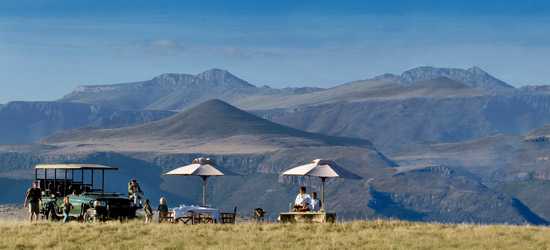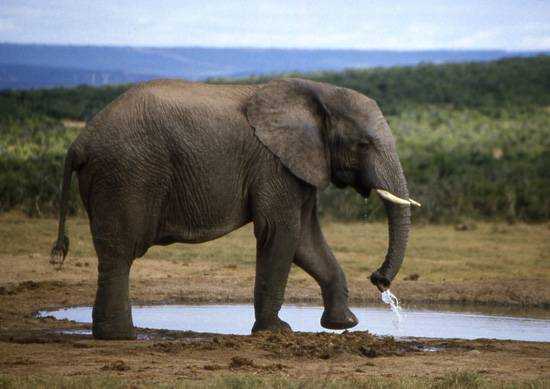This past weekend a crash of Rhinos headed out to the Kruger National Park for some R&R at some of the country’s top lodges. Unfortunately in our world R&R stands for Rapid & Raucous. Despite staying at Royal Malewane, undoubtedly one of Africa’s most luxurious lodges and then spending two nights at Londolozi Game Reserve in the new Pioneer Camp there was little relaxation, there’s just too much to see and do to sit still for long! With leopards around every corner, rhino running amok, elephants tearing about and lions lurking in every second bush we wanted to get out and see as much as we could.


Our first night was spent at Royale Malewane in the Thornybush Game Reserve. There’s luxury and then there’s Royal Malewane. It’s so luxurious that it’s one of the only places Sir Elton John will stay when he visits South Africa. Just ask Billy who got to stay in his suite, did laps in his bath and long jump practice in his shower. It’s huge, bodacious, luxurious, over the top and just plain awesome. Unfortunately despite frantic searches, there wasn’t one pair of his trademark shades available in the entire room, it was bigger than my house though, so it’s likely there was a pair somewhere but a search party of seven was always going to have trouble finding it, we had to make do with playing his music and acting like queens.

Amid all the luxury it might be easy to overlook the game viewing, especially when you see the Spa and don’t even get me started on Africa House, the exclusive use villa which takes luxury to yet another level, somewhere up there alongside Mount Olympus. But it would be a mistake to overlook the excellent game viewing. Our talented ranger Ryan and tracker Terence led us through the thick bush in search of game on an evening drive and a morning drive before we had to leave the next day. In that time we spotted Elephant, White Rhino, Lion and a Leopard with cubs. Of course we saw the usual suspects but two of our sightings were totally out of the norm. The first was our leopard sighting, a female and her two cubs. What was unusual is that one of the cubs was born with an unknown defect which meant it was hardly able to walk. Such was the dedication of it’s mother, however that it had to this point survived 6 months! A touching story, in the wild this sort of defect is normally a straight death sentence and unfortunately will most likely end that way. All credit to the rangers who know that despite wanting to help, one must let nature take its course. Our final sighting was not one, not two but three black rhino! An incredibly rare sighting of a mother, father and their month old offspring.
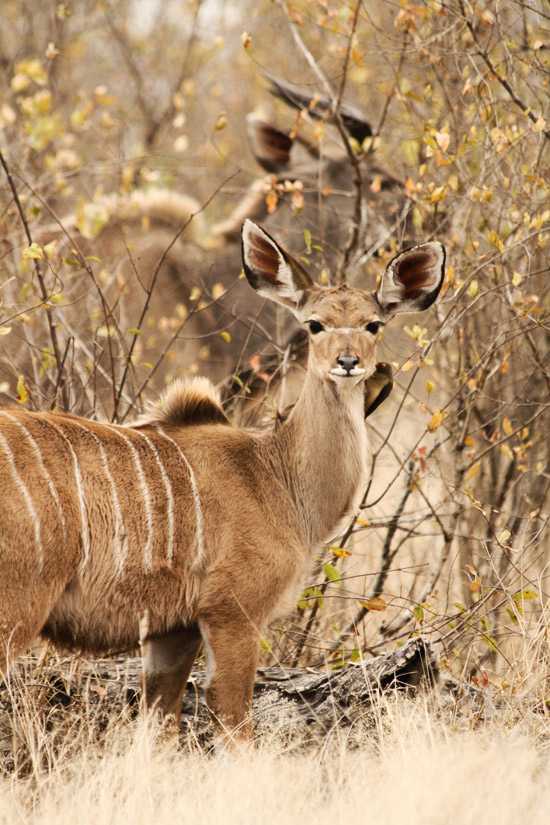
From Royal Malewane we did a whistle stop tour of Kapama Game Reserve, checking out Kapama River lodge and it’s amazing spa, Kapama Buffalo Camp with it’s tree hugging tents (they are up in the trees, not entirely sure about their environmental credentials) and finally the recently rebuilt Kapama Karula Camp, which is simply.. Fantastic!
Then we moved on to our two nights at Londolozi Pioneer Camp in the Sabi Sand Game Reserve. The recently refurbished Pioneer Camp is stunning, but I lack the eloquence to describe it, luckily that has already been done for me in an earlier blog post. Instead I’ll concentrate on what we got up to. First thing we did was have a drink, we deserved it after all. Then we jumped into our open top land-rover and headed out in search of game – we didn’t have to go far. Within sight of camp we spotted 3:3 Vumba Young Female a young leopard out looking for dinner. She was to turn out to be the only leopard we saw but she turned up with her kill the next morning so we forgave her for not bringing friends. We also learnt how to identify leopards, but will tell you all about that in a future blog post. Then we moved on to a Hyena den… Vilified they may be and for the most part uglier than a monkey’s armpit but they certainly are amazing animals. The thing that struck me most watching them take care of their young was just how caring they are. You wouldn’t think so watching them tuck into carrion.. but they really are.. and so cute when young!
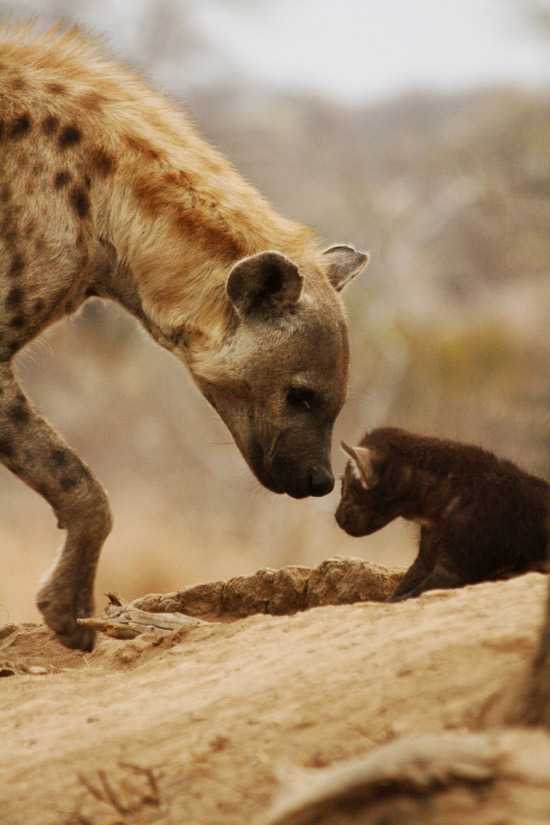
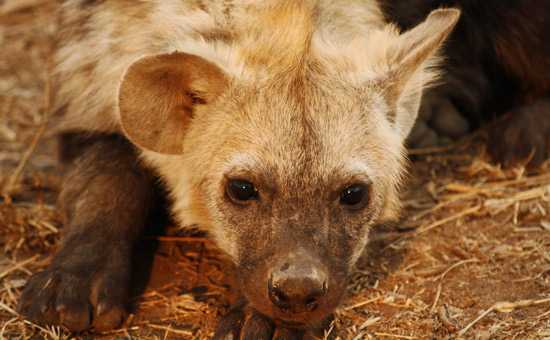

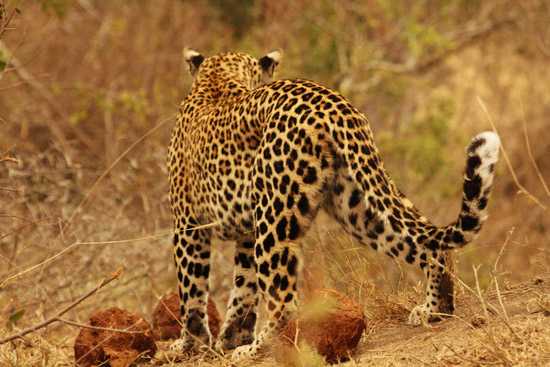
On our next two game drives we spotted Vumba again up in a tree with an impala dinner. Down below the tree, lamenting their lack of climbing ability, were several of our hyena friends from the day before. Our Ranger Mike and tracker Freddy Ngobeni taught us much about the bush, from the birds in the sky to the insects on the ground, they knew it all. If you are wanting an informative game drive then these two are a sure-fire bet, request them, go on do it, you know you want to. We also spotted two lionesses and one male lion, Londolozi is currently at the centre of the Soap Opera of Lion activity, you should read their blog about it, because I can only remember vague details. Something about that one sleeping with that one’s mistress and this one taking over that one’s fashion label.

No small wonder that the details are vague, gin and tonics flowed like water, beer like honey and assorted shooters like… an unstoppable river of lava towards the sea! And in between all that we had a little party with bubble wrap, masks and dancing. Fortunately for those involved.. what goes on Safari stays on Safari!
What a weekend, our utmost thanks to our gracious hosts. We hope that they manage to recover from the Rhino Crash whirlwind visiting their otherwise peaceful home!

PS- Totally forgot to mention, we got out of the vehicle and snuck through the bush like Elmer Fudd (shhh I’m walking with rhino) to observe a massive White Rhino at close quarters – mind blown.
PPS- Find more pics from our trip on the Rhino Africa Facebook Page

